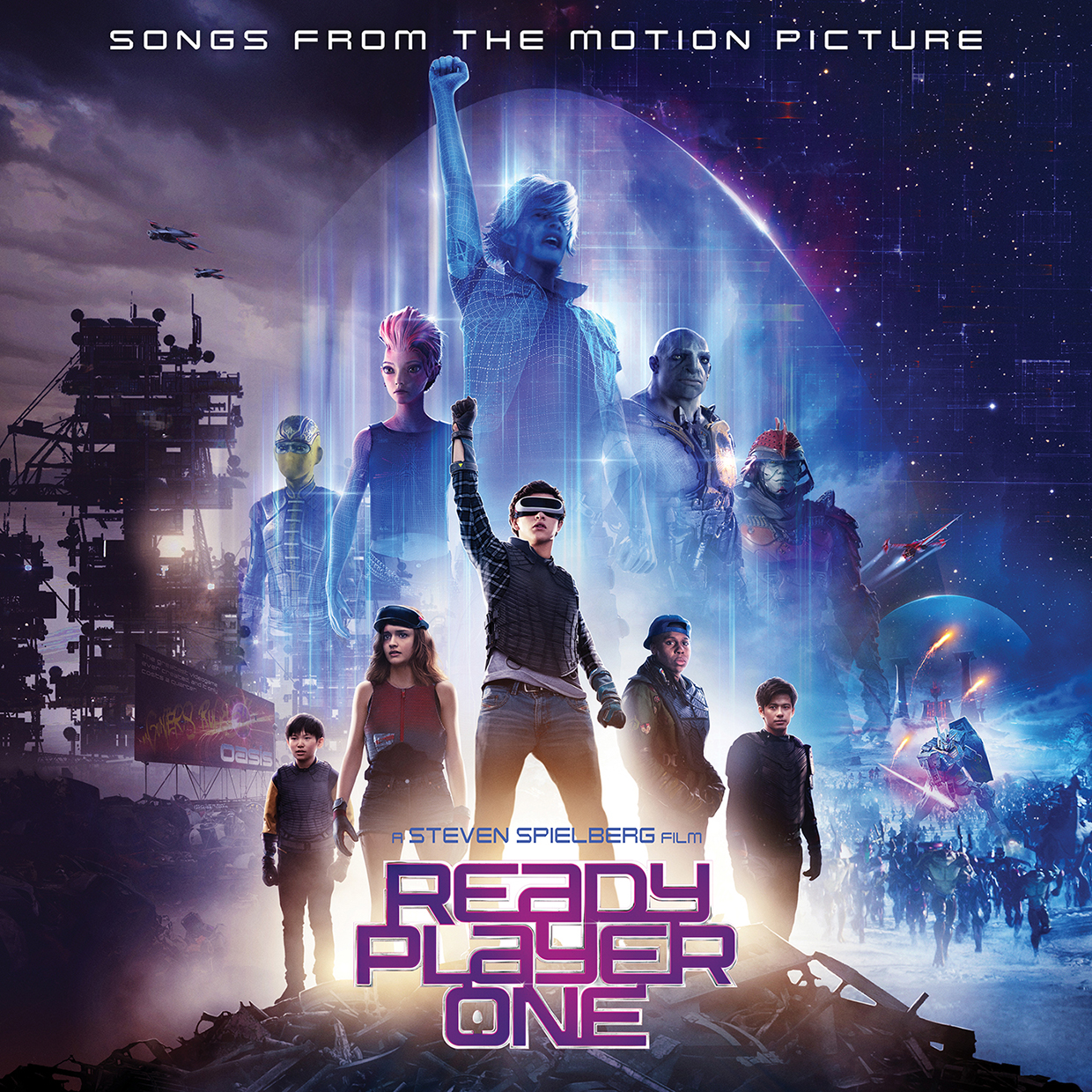
Steven Spielberg’s latest hit, “Ready Player One” is an average blockbuster. There are set pieces galore, underwritten and one-dimensional characters and plot conveniences to save the day for the heroes, and so much more to fill the cliche of a box office hit. Despite this, it is still a fun movie to watch, and will leave audiences with a smile on their face.
“Ready Player One” is set in a future apocalyptic America, where the world is bleak, drab and ugly. However, the movie distances itself from the traditional dystopian trope by focusing instead on the bright, colorful world of Oasis, a virtual reality video game full of adventures and magic where people retreat in order to escape real life. In this world, the protagonist, a mild-mannered nerd named Wade Watts, along with a group of friends, goes on a quest to find the Easter Egg hidden in the Oasis that grants fabulous power and riches to the discoverer.
Because the story centers around this search, which in turn is based on a series of riddles, the audience is at risk of not understanding what is going on. To combat this, the movie made some of its characters omniscient know-it-alls who have to explain everything to other people. This can grate at times because it means that for certain challenges, some characters that the movie tries to portray as intelligent and capable get turned into bumbling idiots so someone can explain to them — and the audience—what is going on.

The movie’s story strongly relies upon cinema tropes, as no dystopia is complete without some evil organization hoping to thwart the heroes, and here, they take the form of IOI, an evil group looking to corrupt the Oasis with microtransactions. Like many other movies, this evil group is opposed by some nondescript resistance, which is mentioned for a grand total of five minutes until the idea is dropped, never to be talked about again.
The shallowness of “Ready Player One” is especially visible in some of the hero’s companions. Specifically, Daito is entirely unremarkable in every way, with no special features or character development. Shoto also suffers from this, albeit to a lesser extent because at least he fulfils the role as the quirky comic relief.
The story, which is largely interesting and entertaining does however fall flat during the ending, as the movie drags on for 20 unnecessary minutes, and ends with a sickeningly sweet ending and a heavy handed conclusion that beats the audience over the head with the message that ‘obsessions with video games is bad, go live in the real world.’
While the main character is not unlikeable, he certainly is romantically obsessive, fawning over the female lead Art3mis in a weird way that Hollywood excels at, and unsurprisingly — he gets the girl in the end (even though this kind of weird, insincere romance is by no means unique to this movie, it is still irritating to see more of this cliche.)

Despite the lack of innovation in the plot and other faults, “Ready Player One” is in no sense a bad movie. It is visually stunning, with the set piece battles being beautiful yet chaotic mixes of color. “Ready Player One” can also be genuinely funny, with plenty of characters existing as comic relief to offset some of the movie’s darker themes such as the bleak real world.
The score of “Ready Player One” is good, using music from the ’70s and ’80s. While personally I didn’t find it particularly memorable, this is because I didn’t grow up listening to these hits.
The entire movie is a callback to the 80’s, stuffed with references to popular movies from that time such as “Ferris Bueller’s Day Off,” “The Breakfast Club,” “Back to the Future” and “The Shining,” as well as references to 80’s TV shows like “Teenage Mutant Ninja Turtles,” old Atari games, 80’s music and so much more. These callbacks are a major reason why the movie is so enjoyable to audiences because anyone who has a connection with that era will be thrilled with the movie.
“Ready Player One” is a nostalgia trip to the 80’s, and that’s where the movie fails for younger audiences. Without a personal connection to the 80’s nostalgia, many of the references and music isn’t as thrilling. Furthermore, because parts of the movie are entirely reliant on the audience’s understanding of this 80’s culture it has a hard time appealing to younger generations. Even though this movie is certainly amazing for older audiences because of its nostalgia, what’s left besides that is merely an enjoyable yet shallow blockbuster cliche for most.



